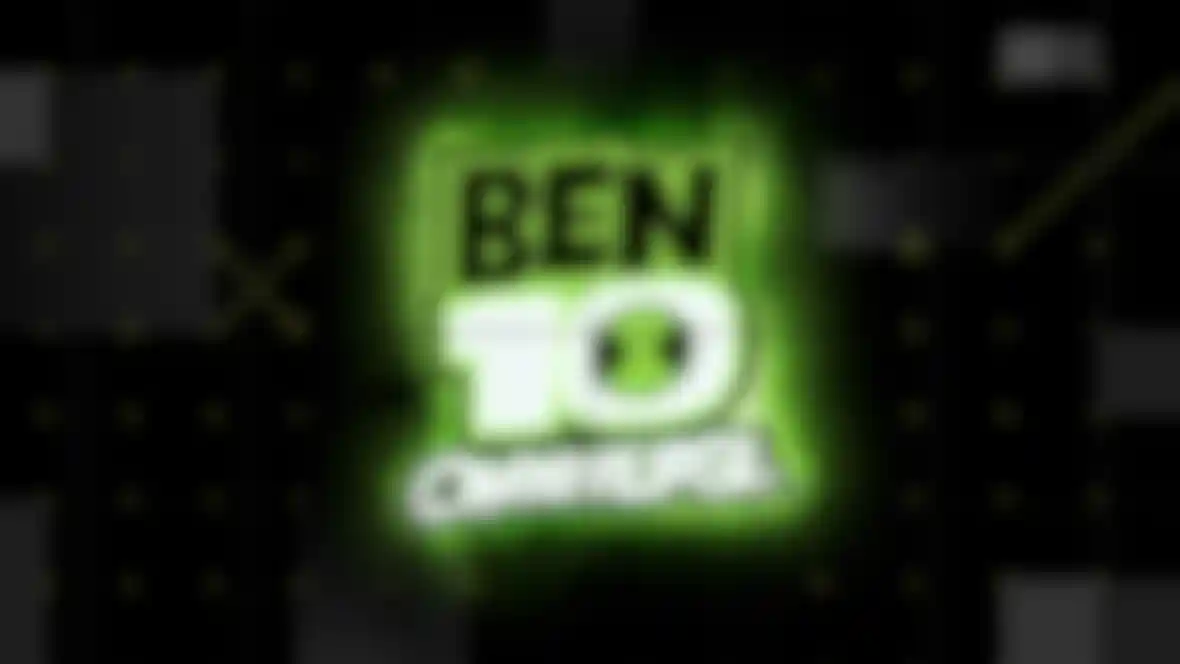
Ben 10: Adventures in the Third Dimension Vincent London transports the 2D cartoon into a futuristic 3D world.
Ben Tennyson is a ten-year-old boy whose wrist-worn Omnitrix device enables him to change into alien creatures and fend off attack from extra-terrestrial forces.
The Ben 10 animated series first aired in late 2006 and ran for four seasons until 2008. This was followed by three seasons of Ben 10 Alien Force and two seasons of Ben 10 Ultimate Alien. The fourth instalment, Ben 10 Omniverse, has been running since 2012 and is now entering its fifth season, in which Ben comes face to face with Albedo, an evil clone created by the alien Galvan race. To promote the new episodes, Turner Broadcast and The Cartoon Network turned to Soho-based studio Vincent London, which produced three spectacular slots for the campaign. "The project was intended to showcase Ben and his alter-ego within a dual cityscape environment," explains Creative Director, John Hill. "We wanted to create a flexible futuristic world to host the epic fight scenes between Ben 10 and his new nemesis."
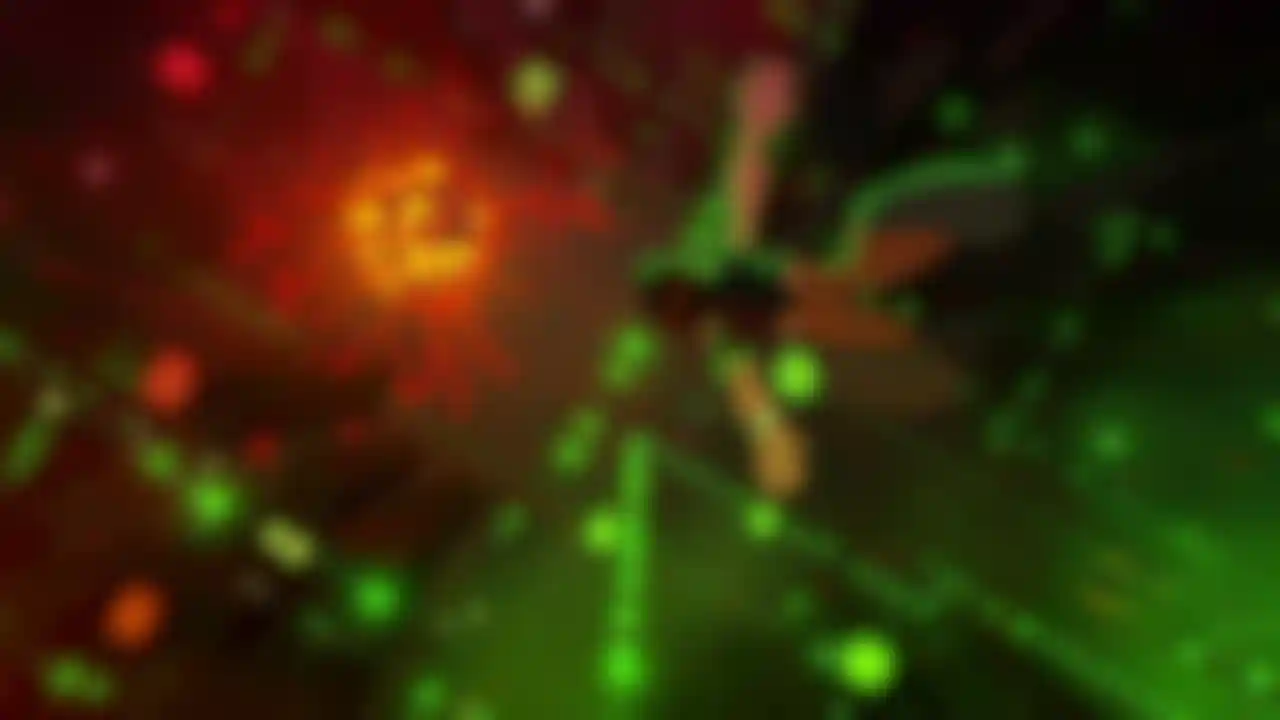
The work is a slick combination of 3D environments created with Cinema 4D and 2D characters, which were drawn and animated in-house using Adobe Flash. The design was one of the key challenges, states Hill. "The 3D world needed to compliment the iconic Ben 10 artwork and style and allow us to flexibly composite 2D character animation. The buildings and cityscapes had to reflect the good and the bad renditions of Ben 10 and also create awesome spaces for the fight scenes." Accordingly, the green and red outfits of Ben and his clone were used to color-code the environment. With all the dynamic camera moves and shifts in perspective, the melding of 2D and 3D required thorough planning to ensure that all the elements matched up. "We worked up fairly detailed hand-drawn animatics," says Hill, "followed by more considered pre-vis animatics for each shot. This enabled us to sync up the interactions between Ben and the 3D scenes as well as plan overall shot composition and timings."
"Cinema 4D was easy and quick to use when realising our hand-drawn cityscape designs," he continues. "It brought us time when wanting to experiment with various sets and environments for the action. "A few of the 2D character shots were combined with the backdrops in post-production but Hill suggests that for the most part it was all done in the 3D realm. "Although some shots were composited in Adobe After Effects, we also rendered them out with the 3D scenes to get additional GI and shadow passes. The more you can do in 3D, the better the composite and final result, we find." This workflow makes sense when you realize that the characters are often required to produce subtle reflections on the floor and cast shadows (like when Ben is running through the explosions). To achieve this, the team applied alpha-mapped animation onto a flat plane positioned within the scene and animated accordingly. They then used the Reflection, Global Illumination, Material, Diffuse and Shadow passes for use in the final composite.
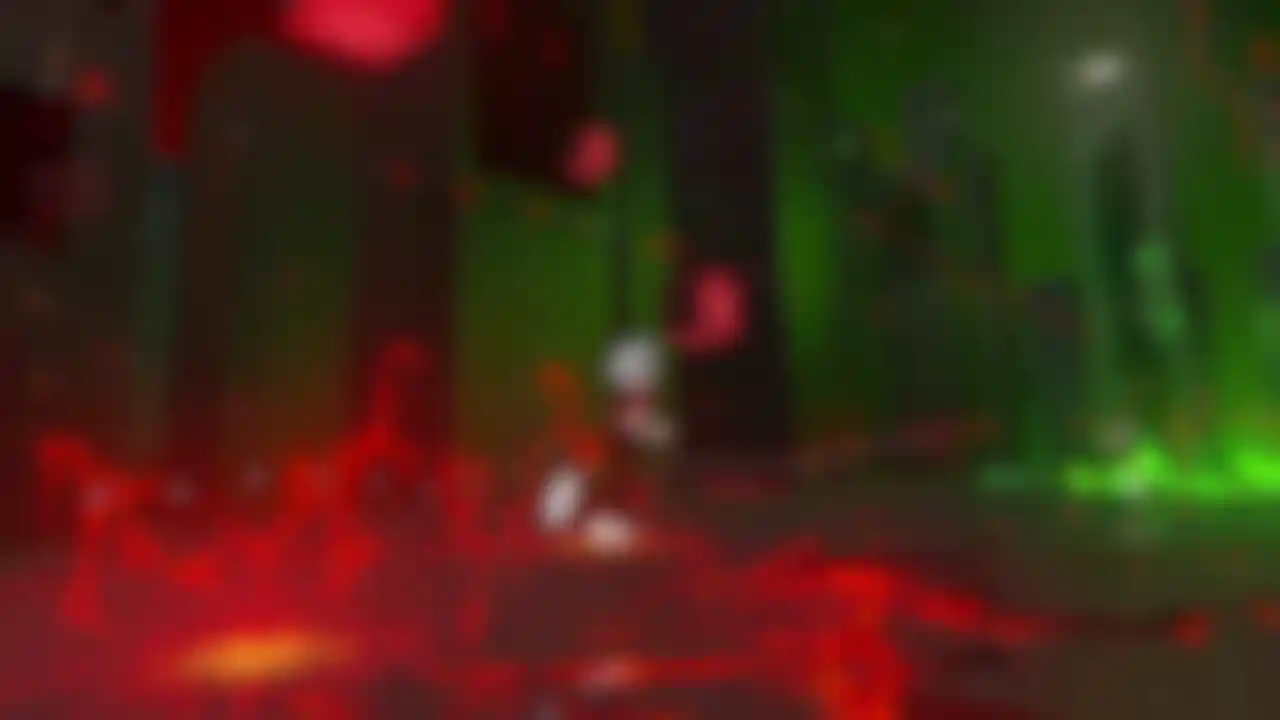
Stylized explosions were handled similarly: "After animating them in Flash, we added them to the 3D scenes to help add GI lighting and shadows," says Hill. "We mixed 3D explosions with the hand-drawn 2D explosions to merge the styles." An abstract cityscape of monolithic buildings makes an ominous backdrop to the action. "We sketched out quite a few cityscapes and building designs before settling on the self-illuminating futuristic style," Hill says, "as this worked best for atmosphere and premise. We used mainly geometry for the neon-style wireframes, as the render is always cleaner than using textures." He adds, "The simple cityscape complimented Ben 10's graphic style well; we had to be careful not to add too much detail as this moved the design too far away from Ben's 2D artwork."
The angular buildings are lit by area lights to add subtle glows, with occasional flashes to make the city feel alive. However, the main light sources come from a network of flying cubes, which also give the city a sense of scale. These were simple boxes containing lights in conjunction with self-illuminating textures to add detail. Lighting proved the hardest part of the project, admits Hill. "Atmospheric lighting with flicker-free GI is always time-consuming," he says, adding that the challenge was to "create subtle mid-tone detail in a night-time dystopian environment so as to not end up with a flat graphic look."
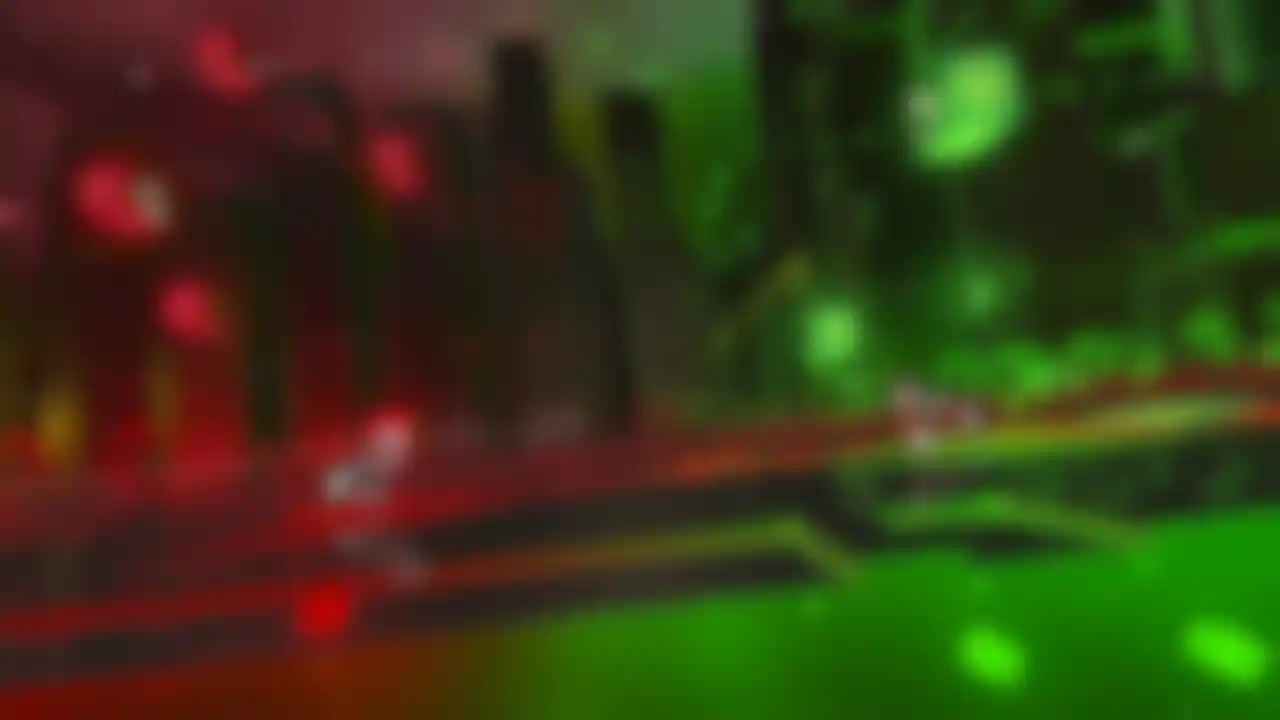
Naturally, Cinema 4D's MoGraph tools were used for the floating cubes, with a little manual animation and keyframing to get the right results. "MoGraph is probably my favorite tool," declares Hill. "It's so flexible, and so much complex animation can be achieved with very simple scenes." In one sequence, evil Ben's influence spreads through the city, creating giant cracks in the buildings and causing explosions. The team employed Cinema 4D's integrated Dynamics to create the tumbling debris, then hand-animated ripples and deformations in the floors and walls for extra detail around the impact areas. The Tron-style environment is full of bright objects and details that were required to glow, and it's usually best to add these in post-production for more control. "We used the material illumination pass as an EXR file sequence, and 32-bit linear compositing," explains Hill. "The After Effects glow effect does a pretty good job with high color depth. Blurred overlays in After Effects can also prove helpful for glows when treated well."
To sweeten the shots, lens flare effects were added to bright light sources and explosions. Again, these were added in post using After Effects plug-ins, although some were actual lens flares that were photographed by Vincent's team, or hand-made textures.Depth of field is used to great effect, too, adding drama and helping to tie the 3D and 2D elements together. "Most depth of field was applied in After Effects but some shots were rendered using Physical Renderer's decent Depth Of Field function," says Hill. The three promo slots for Ben 10 Omniverse were completed over the course of six to seven weeks. With various projects on the go at the same time, team numbers varied, but usually consisted of six to eight people: 2 to 3 Flash animators, two Cinema 4D artists and two working on compositing.
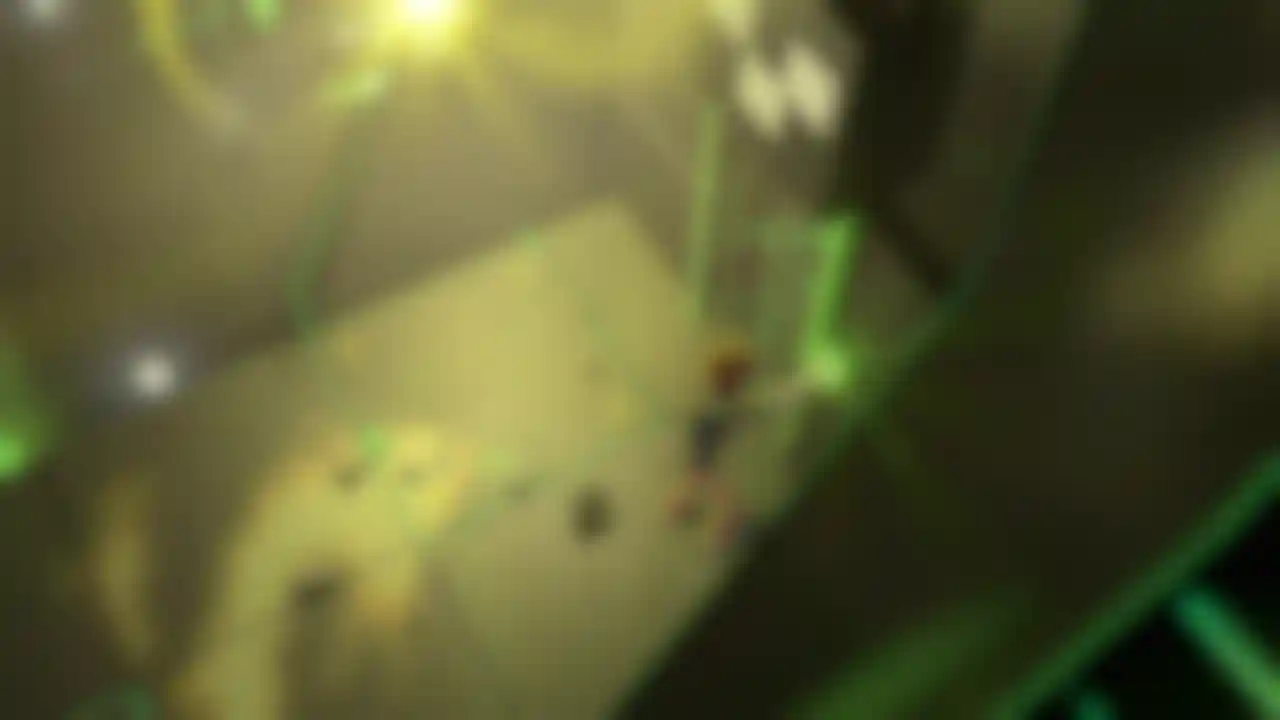
The team were able to call on four 12-core Mac Pros and a handful of i7 iMacs as workstations and an overnight render farm. "We could usually render two to four shots in one evening depending on complexity and render engine," comments Hill, but says he has no idea about total render time: "We were rendering every evening for six weeks, but probably reworked each shot a few times, so I'm not sure how long for the final shot renders." Certainly the end result was worth all the effort. The flawless combination of 2D and 3D elements produced three thrilling sequences with a unique aesthetic. Creative Director Hill is understandably satisfied: "The design process, from a hand-drawn cityscape design and a fight scene moment, to a full 3D animated scene, was really gratifying."
Vincent London Website:
www.vincentlondon.com